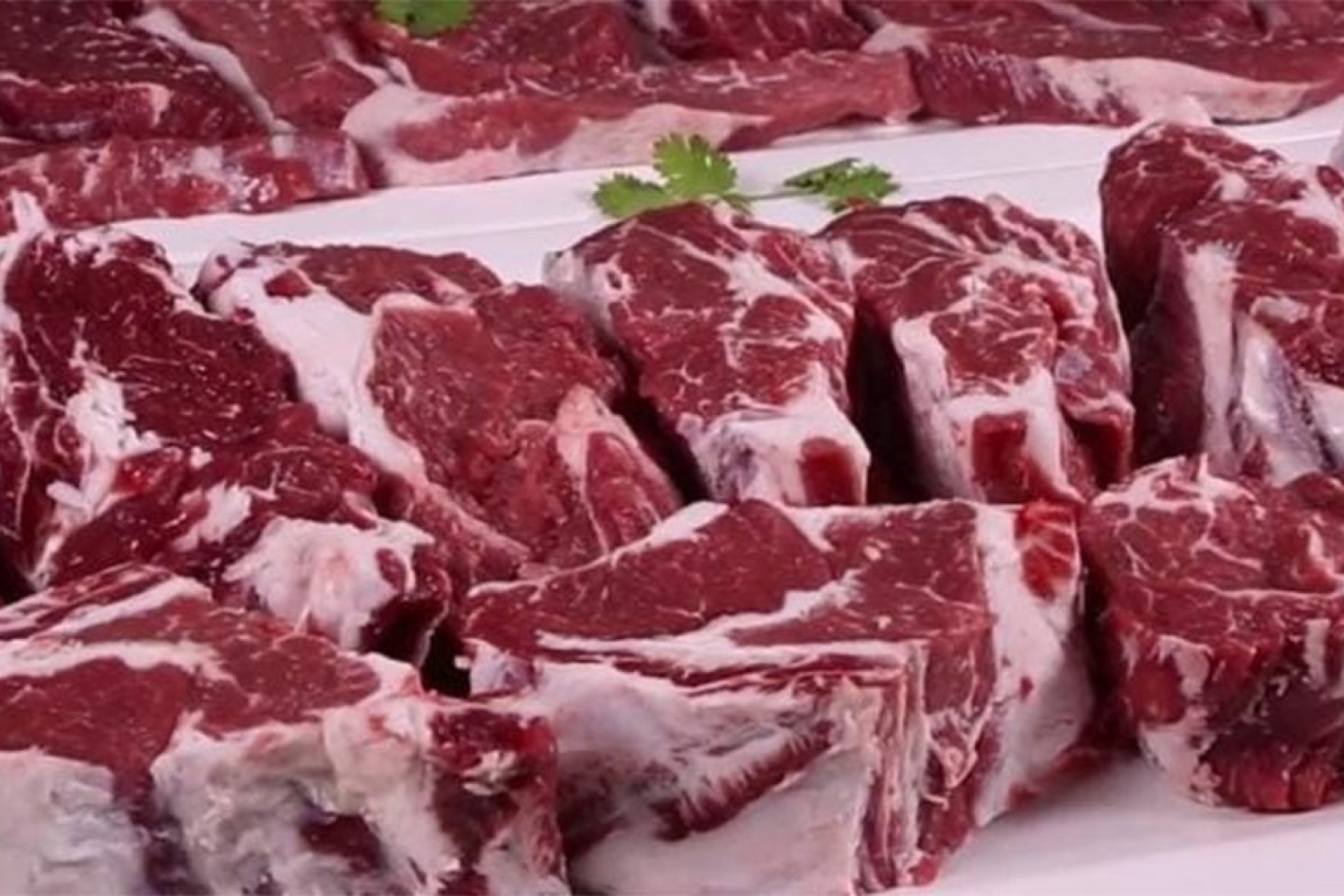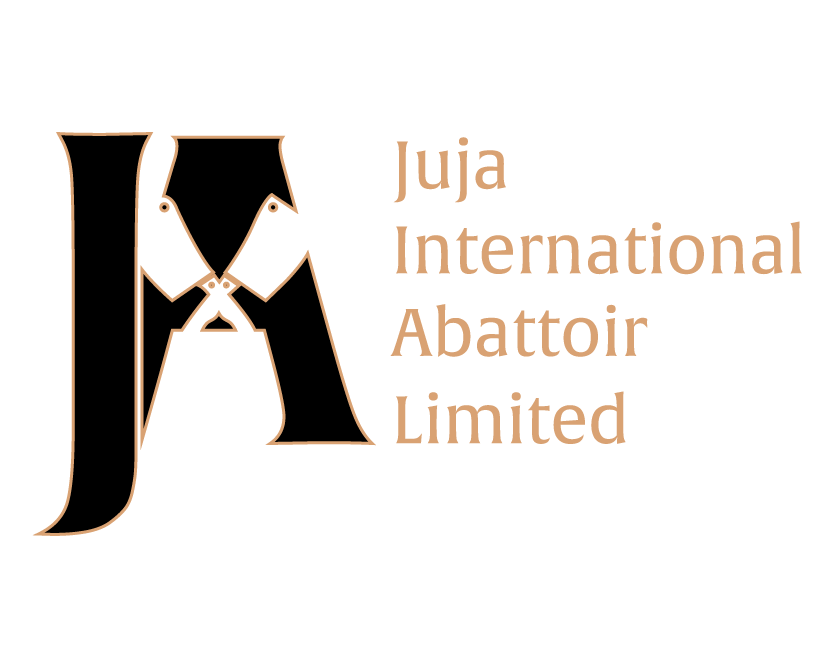Camel Meat Supply from Kenya is increasingly becoming part of Kenya’s meat market picture. As more urban consumers seek diversified protein sources, and as arid and semi-arid regions grow livestock resilient to drought, camel meat supply has become more relevant. For Juja Abattoir, leveraging this trend with high-quality, safe, and consistent camel meat can create a competitive advantage while meeting emerging consumer demand.
Current Status of Camel Meat Supply in Kenya
- Slaughter of camels in Kenya increased significantly in 2024: around 239,000 camels were slaughtered, up from about 184,000 in 2023 — a growth of nearly 30%.
- Camel meat production in 2022 was approximately 52,569 tonnes, reflecting more than one-third growth compared to the prior year.
- The number of camels in Kenya’s herds is large; various estimates put them in the millions, especially in northern and northeastern counties where camel rearing is traditional.
- Demand is no longer confined to pastoralist or arid regions. Towns like Maua now show rising appetite for camel meat, where quality, flavour, and the perceived health or medicinal benefits are contributing to higher prices. In some places, camel meat fetches a premium per kilo.
- Each camel typically yields a substantial amount of meat (depending on breed, age, nutrition), sometimes up to 600 kg per animal for large or well-conditioned camels.
Major Challenges in Supplying Camel Meat
- Long Distances & Poor Transport Infrastructure: Many camel-raising areas are remote, with weak roads and difficult terrain. Getting camels to slaughterhouses, and meat from there to urban markets, is logistically challenging and increases cost and spoilage risk.
- Cold Chain & Handling Issues: After slaughter, meat needs to be chilled, transported, stored properly. Deficiencies in cold storage and refrigeration reduce meat quality and shelf life.
- Animal Nutrition & Condition: Where camels graze on poor forage, or have limited feed and water, meat yield and quality suffer. Age, gender, and health status also matter — older or poorly nourished camels give less tender or desirable meat.
- Health, Disease & Veterinary Support: Veterinary services are often under-resourced in remote camel areas. Parasites, illness, and stress (from long transport or poor handling) affect meat quality and safety.
- Market Perception & Awareness: While demand is growing, many consumers still regard camel meat as “exotic” or unfamiliar. Tastes, cooking practices, and hygiene concerns can limit uptake.
- Price & Premium Cost: Because of transport, special handling, and smaller volumes in many cases, camel meat often sells at a premium, which may limit its market among lower-income consumers.
- Standards, Traceability & Regulatory Oversight: Ensuring hygiene, food safety, consistent cutting, processing, and traceability (from producer to final meat product) is not always uniformly done, affecting consumer confidence and potential for export or premium market access.
Opportunities & What Juja Abattoir Can Do
- Develop and maintain strong quality assurance and traceability systems: recording animal source, health, slaughtering, chilling, handling, so that customers can trust that the camel meat is safe and consistent.
- Invest in cold chain infrastructure: refrigerated transport, modern chilling rooms, proper storage, fast processing pipelines to reduce delays and preserve the freshness and texture of camel meat.
- Partner with camel herders and pastoral communities to improve nutrition, breed selection, and health of the animals; help them access veterinary care, better forage, water; possibly provide incentive for raising camels destined for meat rather than only for milk or breeding.
- Develop value-added camel meat products: premium cuts, branded packaging, ready-to-cook options, dried or preserved camel meat, which can allow for profitable margins and market differentiation.
- Educate consumers in urban centres: highlight taste, nutritional benefits (e.g. leaner meat, lower fat, possibly medicinal or health-benefits), how to prepare camel meat properly. Marketing and product presentation can build demand.
- Target markets beyond traditional ones: hotels, upscale restaurants, specialty butcheries, possibly export markets where camel meat is appreciated and valued.
- Use pricing strategies to reflect premium cost, but also find ways to reduce cost through efficiencies (transport, slaughtering, economies of scale) so camel meat becomes more accessible.
Why Quality, Ethics & Sustainability Matter
- Animal welfare and humane handling are important for both consumer perceptions and meat quality. Stress or poor handling can affect meat texture or safety.
- Sustainable management of camels is resilient in Kenya’s dry regions; camels survive where other livestock struggle. Ensuring grazing, water, feed, and veterinary services are sustainable ensures reliable supply.
- Meeting regulatory standards, hygiene, traceability enhances trust and opens up more markets; helps avoid waste, spoilage, or rejection of meat.
- Ethical practices (fair pay to herders, responsible environmental impact) enhance reputation and can become differentiators.
Conclusion
Camel meat supply in Kenya is growing rapidly and presents significant opportunity. However, challenges in transport, cold chain, animal condition, standards, pricing and consumer awareness must be addressed. For Juja Abattoir, focusing strategically on quality systems, infrastructure, partnerships with producers, and consumer education will be key to establishing leadership in the camel meat segment. With the right investments, Juja Abattoir can deliver camel meat that meets the rising expectations of Kenyan consumers while expanding its market share.








